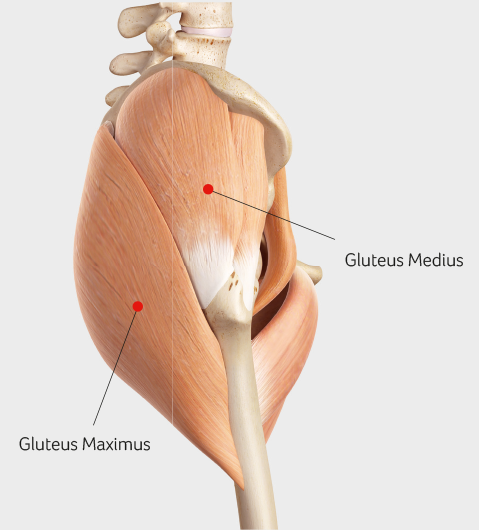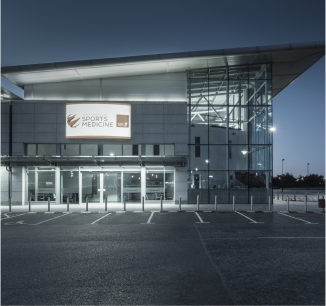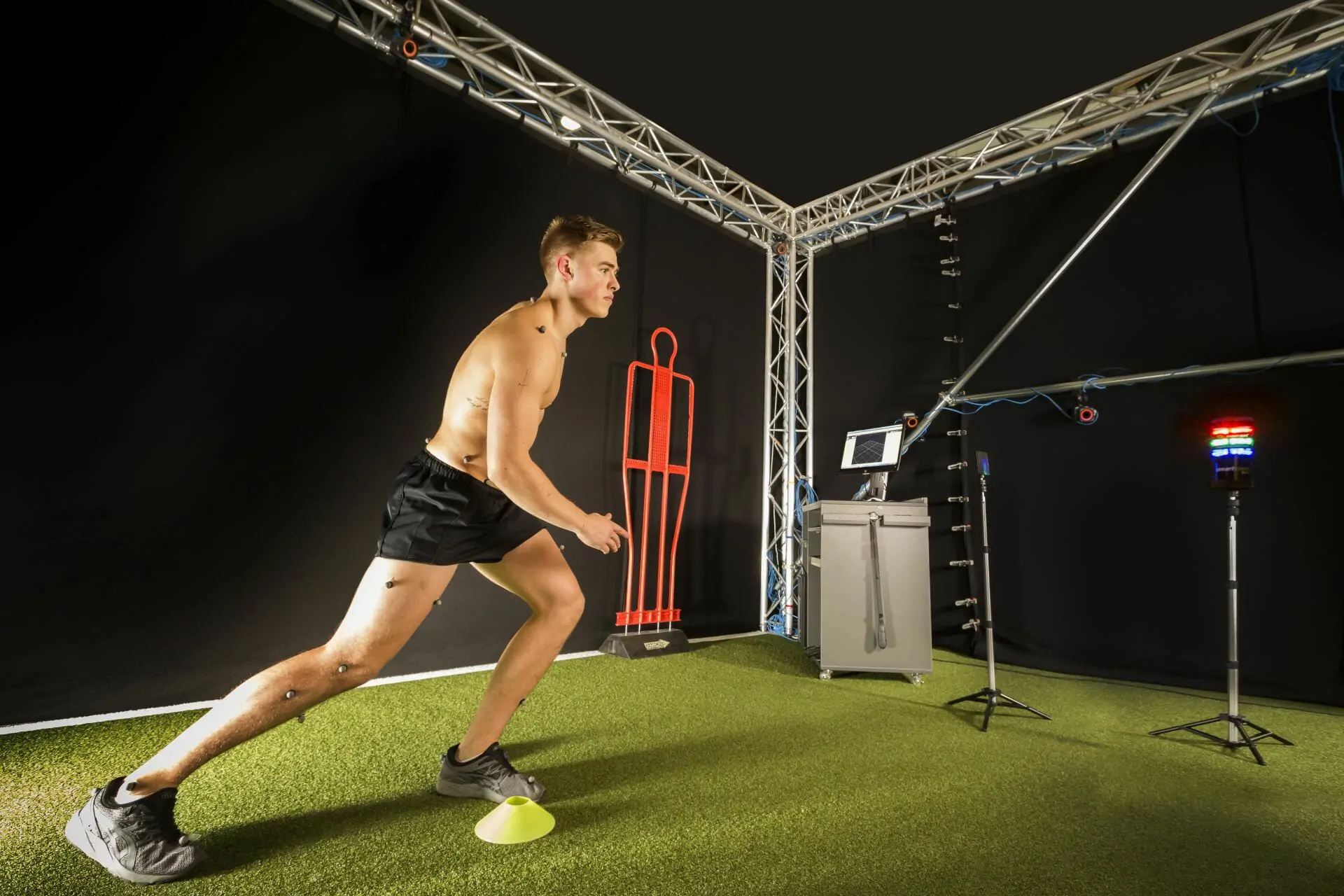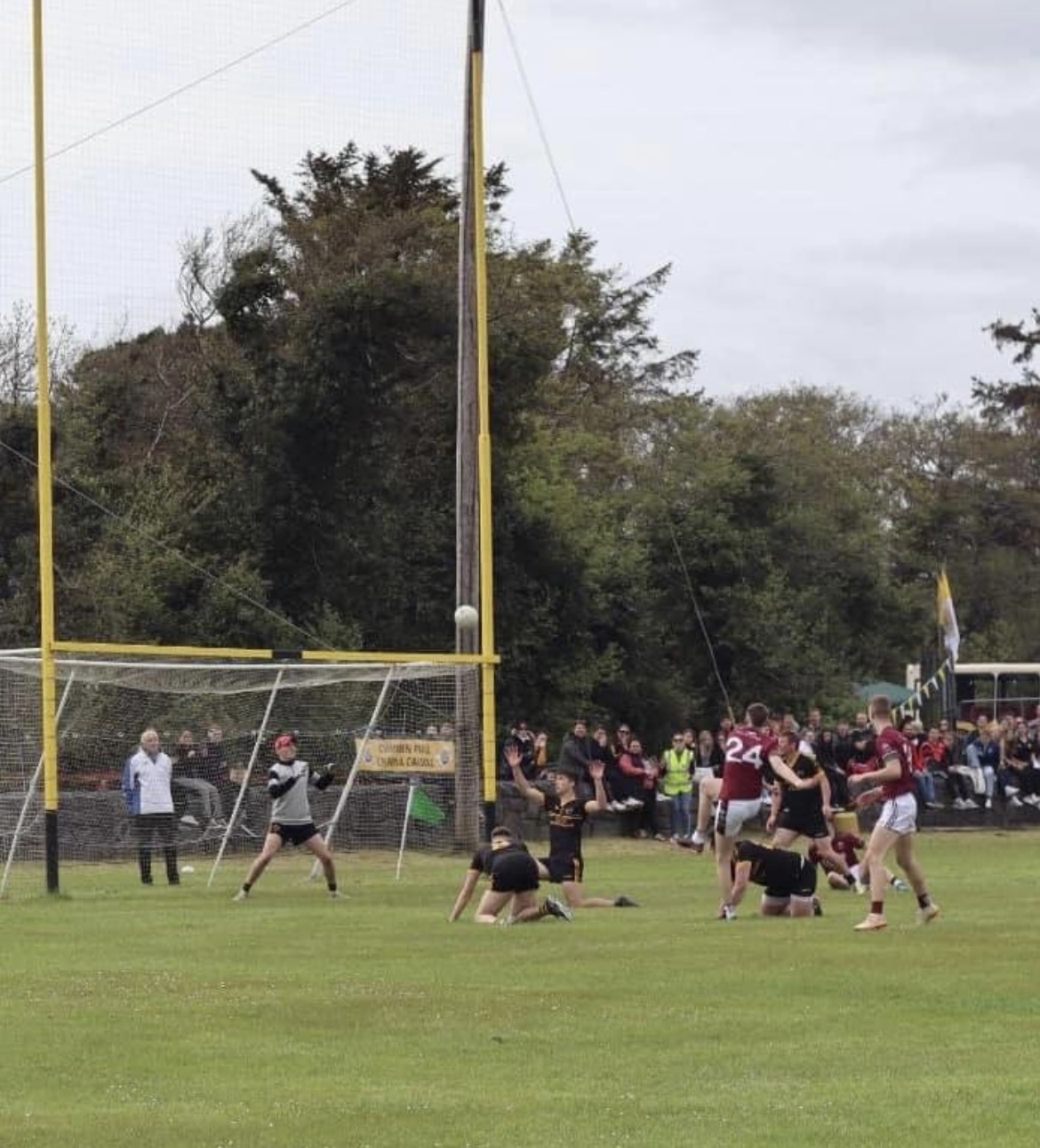 The gluteus medius muscle arises from the back of the pelvis deep to gluteus maximus. It inserts via its tendon into a bony prominence on the femur called the greater trochanter. This bony prominence is palpable on the outside of the hip.
The gluteus medius muscle arises from the back of the pelvis deep to gluteus maximus. It inserts via its tendon into a bony prominence on the femur called the greater trochanter. This bony prominence is palpable on the outside of the hip.
When walking or running, large forces are generated in the gluteus medius muscle to stabilise and counterbalance the pelvis. Tendons are designed to resist high loads but when the load applied is too great or too repetitive, small micro-tears can occur within the tendon. Most of the time these heal quickly and do not cause an issue. Occasionally, however, the tears occur at a faster rate than the body can heal. The damage progressively worsens causing pain and dysfunction, known as a tendinopathy. Patients who engage in repetitive activities through either work or sport are more prone to tendon overload.
The main symptom of gluteus medius tendinopathy is pain on the outside of the buttock or upper thigh area. Pain is often exacerbated by activities such as walking, running and going up / down the stairs. It also frequently causes pain at night when lying on the affected side can directly compress the painful area and lying on the opposite side can stretch the tendon, also causing discomfort.
Traditionally, patients were advised to stretch to alleviate the pain. However, stretching frequently just causes further damage to the already injured tendon. Modern treatment focuses on avoiding irritating the affected area day to day alongside a targeted strength programme. This intentional and specific loading initiates remodelling within the tendon, allowing it to heal.
Less commonly, a sudden forceful load on the gluteus medius can result in a complete tear of the tendon. Such tears may require surgical re-attachment.
| For further information on Gluteus Medius Tendinopathy or to make an appointment with a hip specialist please contact infossc@upmc.ie |













